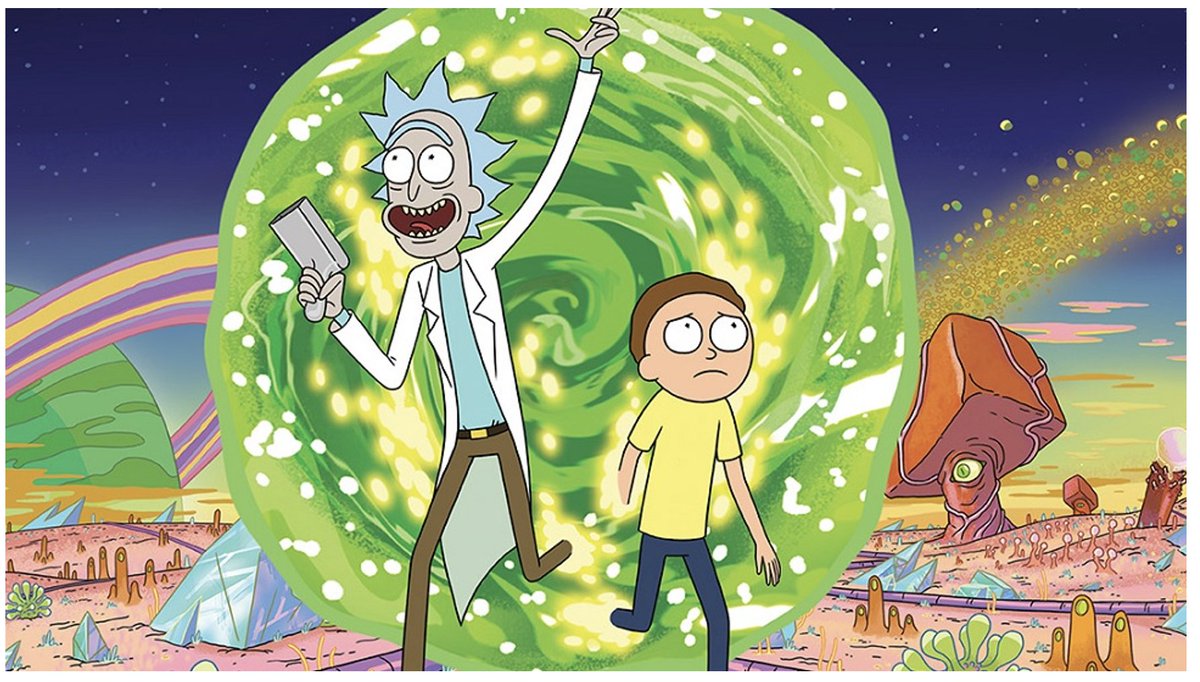
How to get URL link on X (Twitter) App


https://twitter.com/glue_tools/status/1784609042167390615The chronograms - as viewable on NextStrain (left) - give the impression of structure but the phylograms (right) show very little genetic diversity within the cattle-associated clade.


 Genomes are absolutely loaded with complex information, most of which we still don’t understand.
Genomes are absolutely loaded with complex information, most of which we still don’t understand.

 (2) TABV was identified at the Trinidad Regional #Virus Laboratory (TRVL) as part of a post-war virus discovery effort lead by the Rockefeller Foundation.
(2) TABV was identified at the Trinidad Regional #Virus Laboratory (TRVL) as part of a post-war virus discovery effort lead by the Rockefeller Foundation.

 Jingmenviruses (JMVs) contain two #flavivirus-related segments, as well as additional segments of unknown origin. It is thought that JMVs evolved from unsegmented flaviviruses.
Jingmenviruses (JMVs) contain two #flavivirus-related segments, as well as additional segments of unknown origin. It is thought that JMVs evolved from unsegmented flaviviruses.